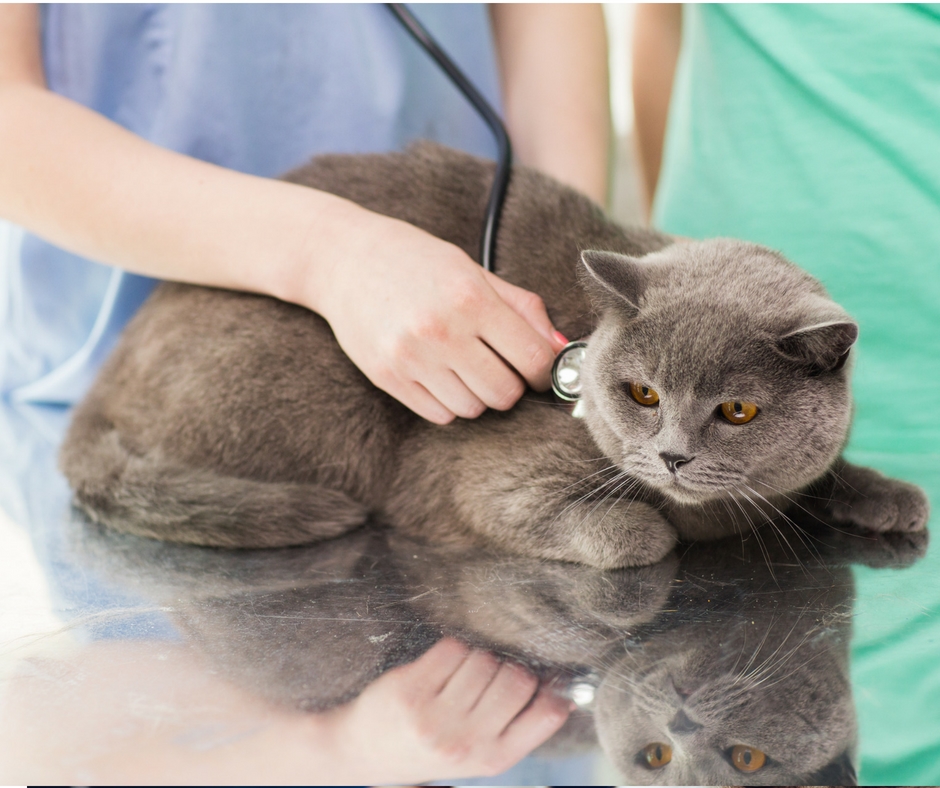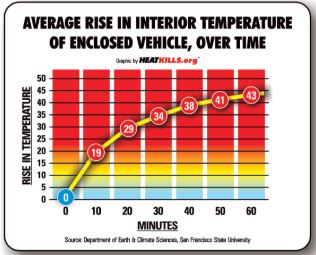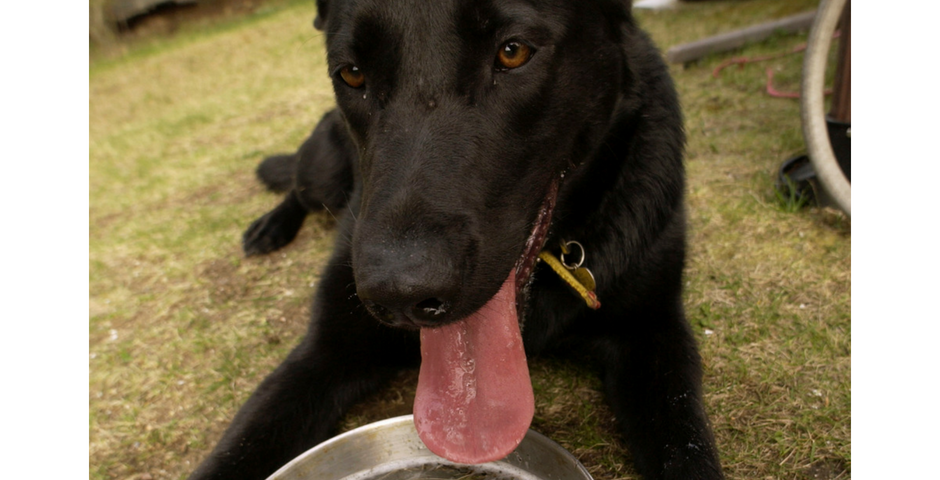
Less Stress, More Purr – How to Help Your Cat Have a Stress Free Veterinary Visit
May 24, 2018
Managing Your Pet’s Fear of Fireworks on July 4th
June 20, 2018Warm weather means beautiful days in California. However, when the temperature climbs it puts our pets at risk for heatstroke and dehydration. As pet owners it’s important for us to know what to do if your pet is showing symptoms of heat stroke or dehydration. This blog will cover some situations where heat stroke is possible and what you can do to prevent and care for an animal suffering from exposure to the summer heat.
Pets with high risk of heat stress
It is important to understand that our pets do not regulate heat the same way we do. Dogs use panting as the primary way to cool themselves. They do have some sweat glands in their paw pads. But these sweat glands do little to help them cool down. If your pet has any of these risk factors they are at a higher risk for suffering from heat stroke:
- Obesity
- Heart disease
- Lung disease
- Brachycephalic (smooshed nose) breeds
- Senior pets
- Pets that have not been acclimated to warm weather (think Huskies and Malamutes)
Pets with any of these risk factors have a more difficult time cooling themselves than a young healthy pet.
Situations that lead to pet heat stress

The summer heat can affect your pet in a variety of situations. Normal outings can become dangerous when the temperature rises. Leaving your pet in the car during the warm weather can cause heat stroke and dehydration. Even if your car is shaded, the temperature inside the car can rise to a harmful level. As you can see in the graphic here, courtesy of HeatKills.org, in just 10 minutes the temperature inside a car is likely to increase by nearly 20 degrees.
Another dangerous situation is leaving your pet outdoors during hot days. When left outside in the heat, dogs can succumb to heat stroke. Even being out for short amounts of time can cause heat stroke, especially in high risk pets. Pets can also suffer from burns to their paw pads from taking a walk on the concrete or asphalt. (To test whether or not the ground is too hot for your pet; place your hand on the ground for 5 seconds. If it’s too hot for you, it is too hot for your pet’s paws.)
Symptoms of heat stroke in your pet
Heat stroke can produce a wide variety of symptoms. Some of the symptoms of heat stroke include:
- Excessive panting
- Red or pale gums
- Excessive and/or thick saliva
- Weakness
- Uncoordination
- Vomiting
- Diarrhea
- Seizures
Heat stroke can also cause less obvious issues like:
- Kidney damage
- Liver damage
- Rapid or irregular heart beat
- Fluid build up in the lungs
- Shock
- Elevated body temperature
- Dehydration
What to do if you think your pet is suffering from heat stroke
If you think your pet is suffering from heat stroke you can bring him in the shade and soak towels in cool (not cold) water. Place the towels on your pet to help lower his body temperature. Even if you are able to bring down his body temperature with the water, it is important to seek veterinary care immediately as heat stroke can cause organ damage.
Your veterinarian will evaluate your pet to see what treatments he will need. Common treatments will include intravenous fluids to combat dehydration, continued cooling therapies until a normal body temperature is achieved, and constant monitoring. Other important diagnostics will include blood tests to evaluate if there has been any effect on the liver and kidneys.
Avoiding heat stroke
As a pet owner there are things you can do to combat heat stroke.
- Check the weather to prepare for the heat.
- Never leave your pet in the car, even if it’s just for a few minutes.
- Provide your pet with lots of water. Place multiple bowls in a variety of locations so your pet is never far from a water source.
- If your pet lives outdoors, bring him inside to avoid the heat. If this is not possible, provide areas of shade for your pet.
- If you have a high risk pet, set your home thermostat to keep the house at a comfortable temperature.
- Avoid activity during the hottest times of day. Take walks or play early in the morning or in the evening when it is cooler.
- Educate your entire family on the symptoms of heat stroke and what to do if your pet is showing symptoms.
By keeping these tips in mind, you can prevent a lot of stress for you and your pet, as well as quickly recognize the symptoms if your pet begins to suffer. If you have concerns or questions about heat stress and its effect on your pet, contact us at (925) 934-8042.

